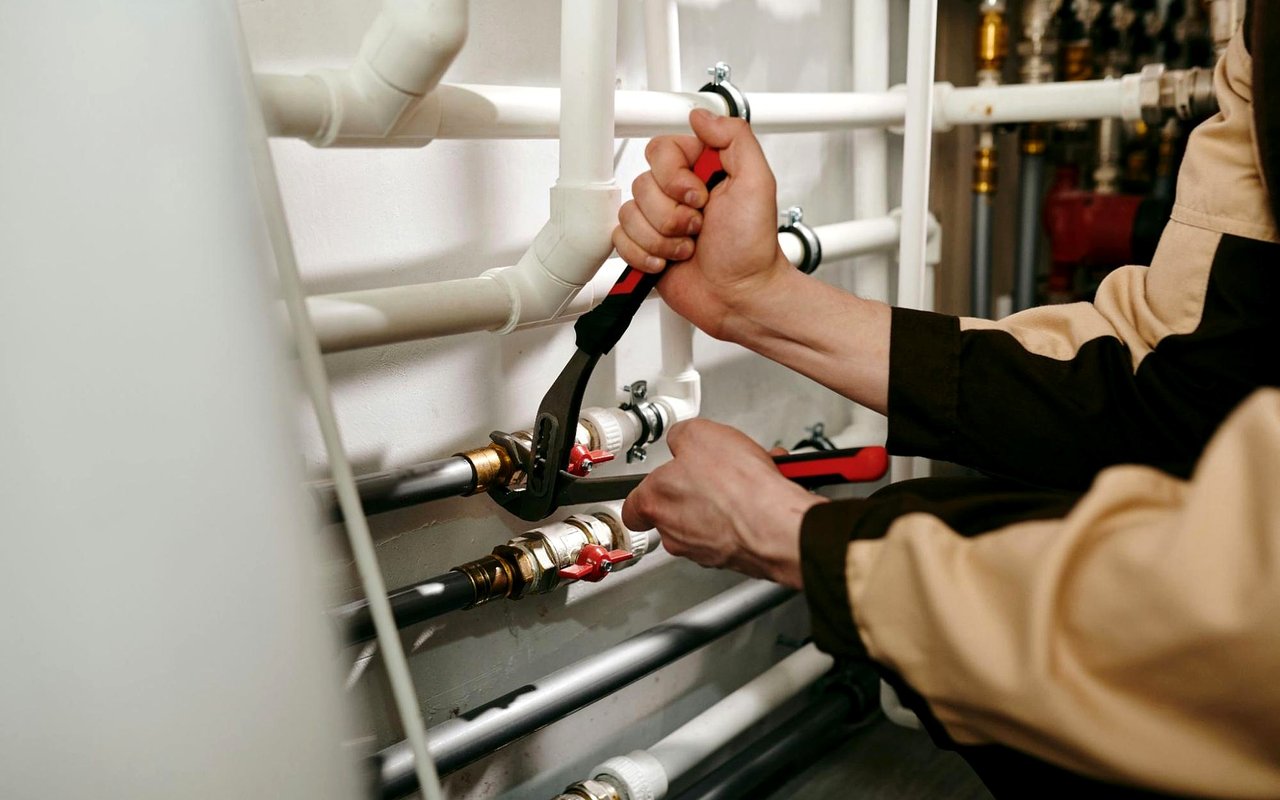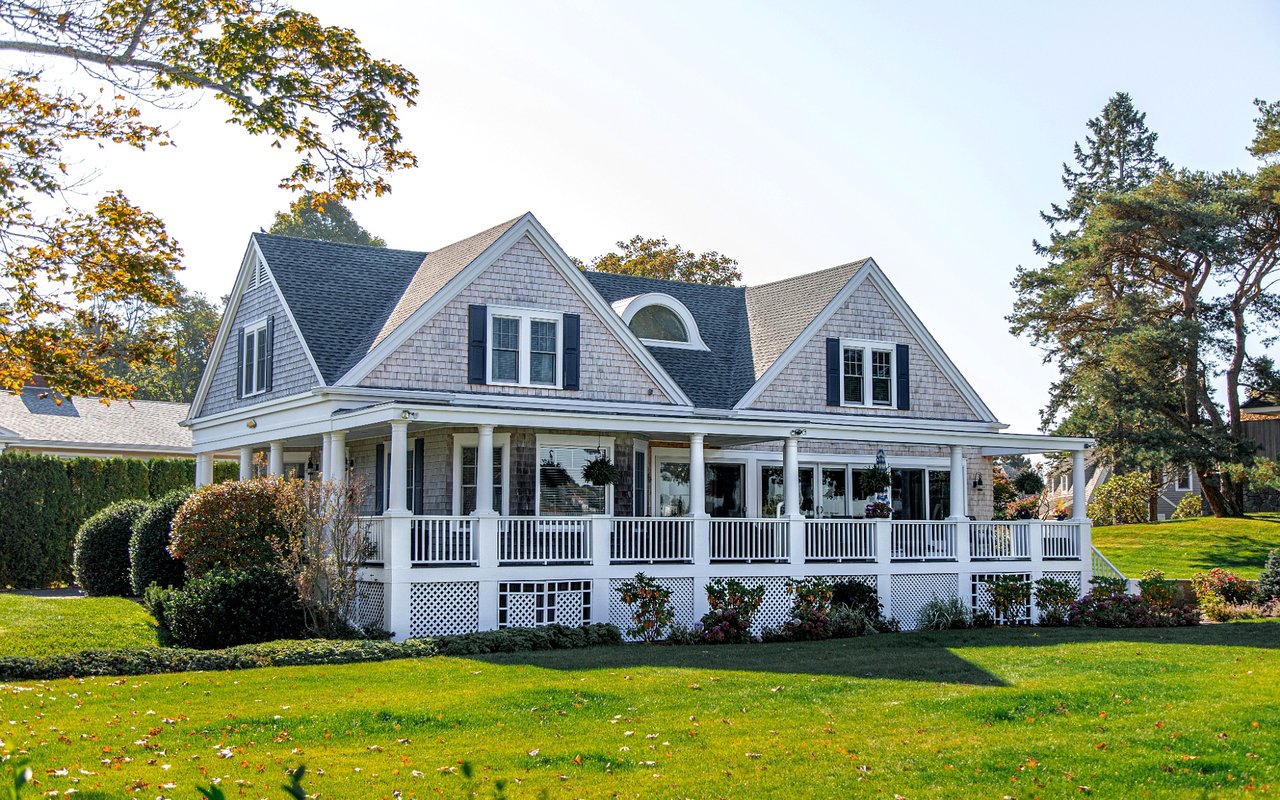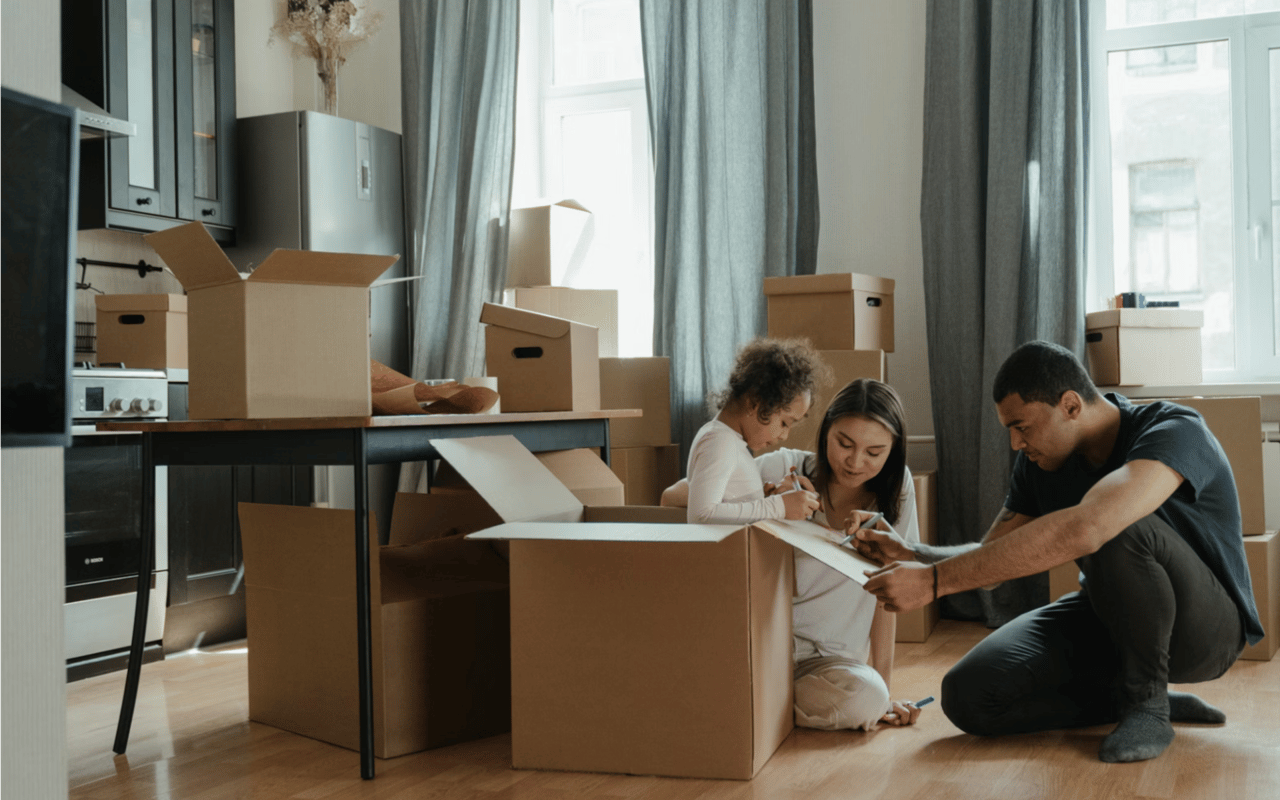Homeownership is an exciting milestone, but it also comes with responsibilities, one of the most important being securing homeowners insurance. This type of insurance protects your home, belongings, and personal liability from unforeseen events that could lead to significant financial loss. Whether you're a first-time homebuyer or just looking to better understand your coverage, this guide will walk you through the basics of homeowners insurance, what it typically covers, and why it’s essential for every homeowner.
What is Homeowners Insurance?
Homeowners insurance is a policy that offers financial protection for your home and its contents in case of damage or theft. It also includes liability coverage, which protects you in the event someone is injured on your property. While not legally required, homeowners insurance is typically a condition of securing a mortgage, making it a necessary investment for most homeowners.
The level of coverage can vary depending on the policy, so it's essential to understand what is generally covered under a standard plan and what additional coverage you might need for specific risks in your area.
The level of coverage can vary depending on the policy, so it's essential to understand what is generally covered under a standard plan and what additional coverage you might need for specific risks in your area.
What Does Homeowners Insurance Typically Cover?
A standard homeowners insurance policy generally covers several types of damages and losses. These are typically broken down into four main categories: dwelling coverage, personal property coverage, liability protection, and additional living expenses.
1. Dwelling coverage
Dwelling coverage is part of your homeowner insurance that protects the physical structure of your home. This includes the walls, roof, floors, and any attached structures, such as a garage or deck. If your home is damaged by a covered peril, such as fire, windstorm, or hail, your dwelling coverage helps pay to repair or rebuild your home.
What’s Typically Covered?
- Fire or smoke damage
- Windstorms, hail, and lightning
- Vandalism or theft
- Water damage from burst pipes (though not flooding from external sources, which requires separate flood insurance)
It's important to have enough dwelling coverage to fully rebuild your home in the event of a total loss, so periodically review your policy to ensure your coverage keeps up with the home’s current value.
2. Personal Property Coverage
In addition to protecting the structure of your home, homeowners insurance also covers your personal belongings. Personal property coverage helps replace or repair items in your home if they are damaged or stolen due to a covered peril.
What’s Typically Covered?
- Furniture, electronics, and appliances
- Clothing, jewelry, and other personal items
- Items stored in your garage, shed, or even off-premises in some cases
While personal property coverage is a great benefit, it’s essential to understand that high-value items such as jewelry, art, or collectibles may have coverage limits. If the value of your belongings exceeds those limits, you may need additional coverage or a rider to protect those items fully.
3. Liability Protection
One of the most critical components of homeowners insurance is liability protection. This part of the policy protects you financially if someone is injured on your property and you are found legally responsible. Liability coverage also extends to incidents caused by your pets or damage to someone else’s property.
What’s Typically Covered?
- Medical bills for injuries sustained by guests on your property
- Legal fees if you are sued due to an injury or property damage
- Repairs for accidental damage you or your family members cause to other's property (e.g., a tree in your yard falls and damages a neighbor's fence)
Liability coverage is crucial, as it can protect you from significant financial strain in the event of a lawsuit. Most policies start with $100,000 in liability coverage, but many homeowners opt for higher limits or umbrella policies for added protection.
4. Additional Living Expenses (ALE)
If your home is damaged and deemed uninhabitable due to a covered peril, additional living expenses (ALE) coverage helps pay for the extra costs of living elsewhere while your home is being repaired or rebuilt. This can include costs such as hotel bills, meals, and transportation.
What’s Typically Covered?
- Temporary housing costs
- Restaurant meals or grocery delivery
- Additional transportation costs related to relocation
ALE ensures that you don’t face out-of-pocket expenses if you're temporarily displaced from your home, making it an essential part of any homeowners insurance policy.
What Isn’t Covered by Homeowners Insurance?
While homeowners insurance provides broad protection, it doesn’t cover everything. Understanding the exclusions is just as important as knowing what is covered. Here are some common things that are not typically covered under a standard policy:
Flooding
Damage from flooding is not covered by standard homeowners insurance. If you live in a flood-prone area, you will need to purchase separate flood insurance through the National Flood Insurance Program (NFIP) or a private insurer.
Earthquakes
Earthquake damage is also excluded from most standard policies. In regions where earthquakes are a risk, you can purchase earthquake insurance as a separate policy or endorsement.
Wear and Tear
Homeowners insurance is designed to protect you from sudden and unexpected losses, not gradual wear and tear. Routine maintenance is the homeowner’s responsibility, such as replacing an old roof or fixing leaky pipes.
High-Value Items Over Policy Limits
While personal property coverage protects many of your belongings, it often has limits for high-value items like jewelry, art, or collectibles. If you own valuable items that exceed your policy’s limits, you may need to purchase additional coverage to protect those assets fully.
Pest Damage
Damage caused by termites, rodents, or other pests is generally not covered by homeowners insurance. Regular maintenance and inspections can help you avoid these problems.
Homeowners insurance is an essential safeguard for protecting your home, belongings, and financial well-being. Understanding what your policy covers—and what it doesn’t—can help you make informed decisions about your coverage and ensure you're prepared for any unexpected events. Whether you're buying your first home or reviewing your current policy, having the right homeowners insurance is a vital step in homeownership.
Homeowners insurance is an essential safeguard for protecting your home, belongings, and financial well-being. Understanding what your policy covers—and what it doesn’t—can help you make informed decisions about your coverage and ensure you're prepared for any unexpected events. Whether you're buying your first home or reviewing your current policy, having the right homeowners insurance is a vital step in homeownership.
Discover Your Dream Home with Victoria Stewart
If you're looking for expert advice on navigating the real estate market or have questions about buying or selling your home, reach out to Victoria Stewart. With her wealth of experience and dedication to her clients, Victoria is ready to guide you through every step of the process. Contact her today for all your real estate needs.




